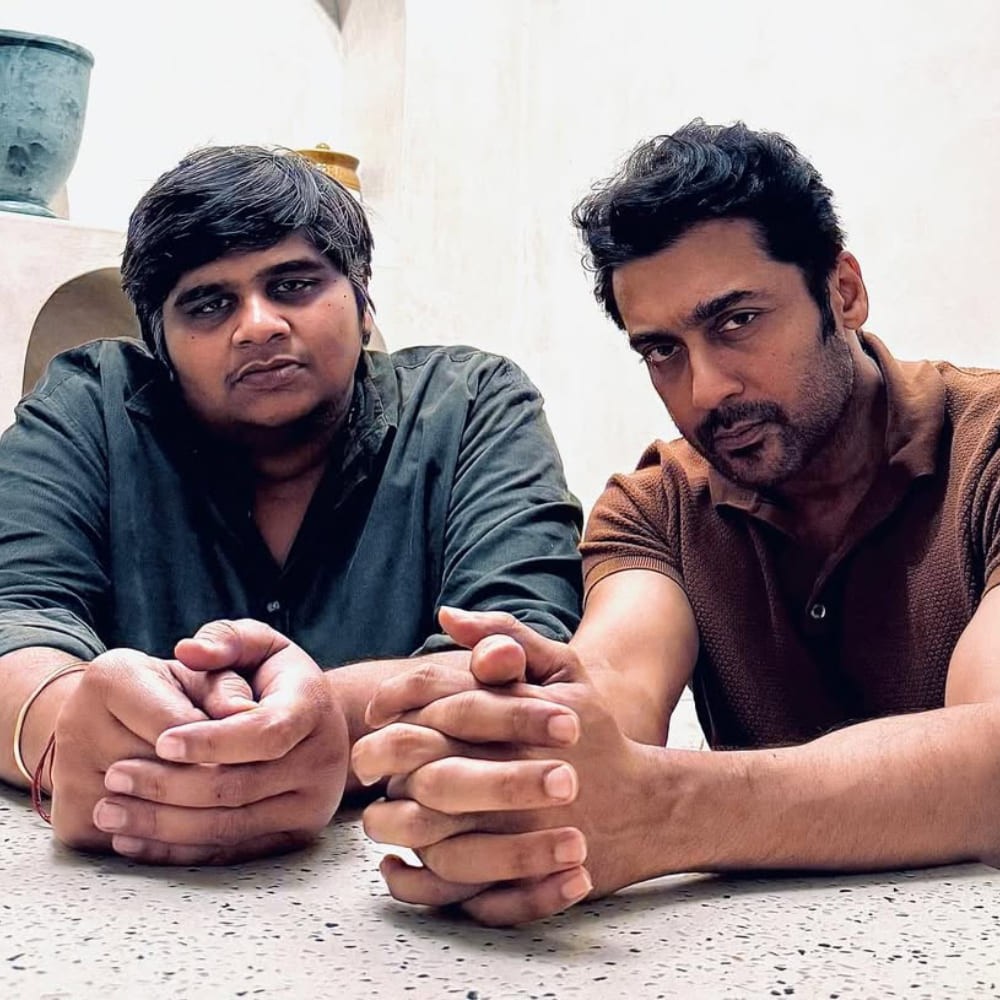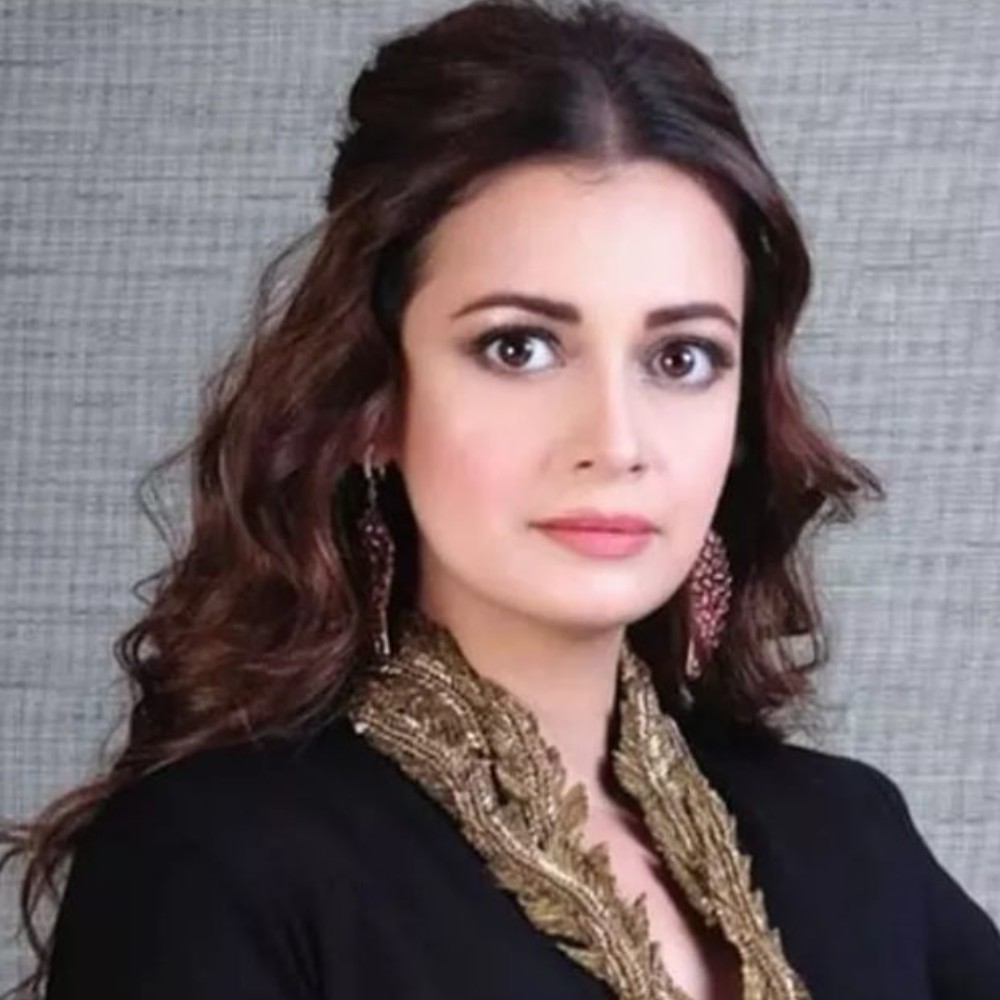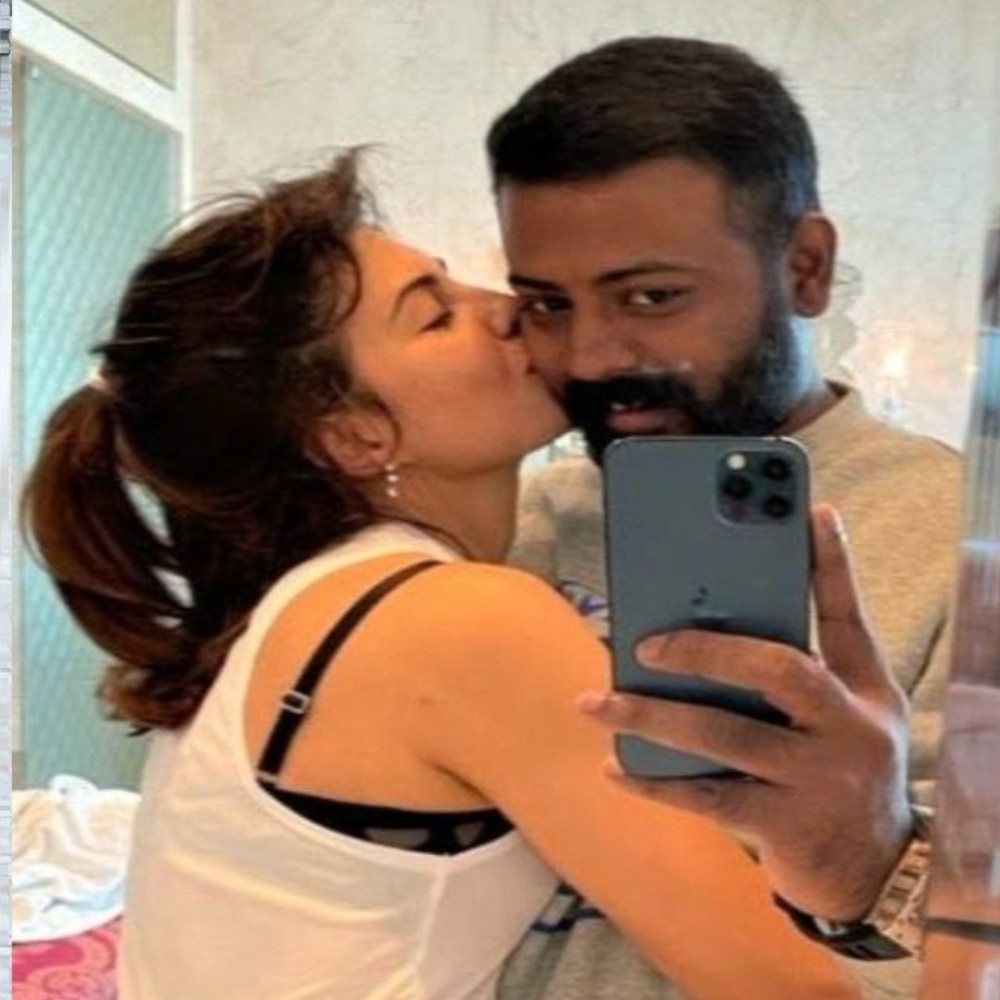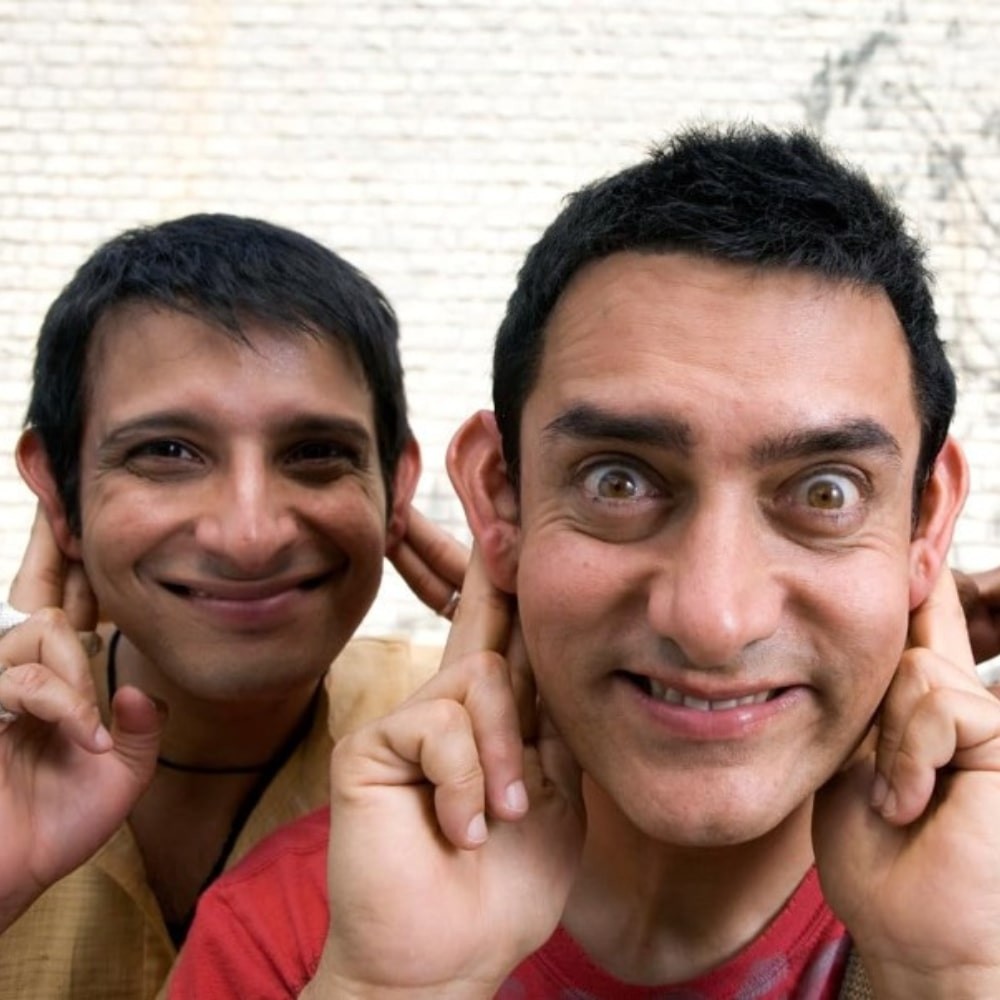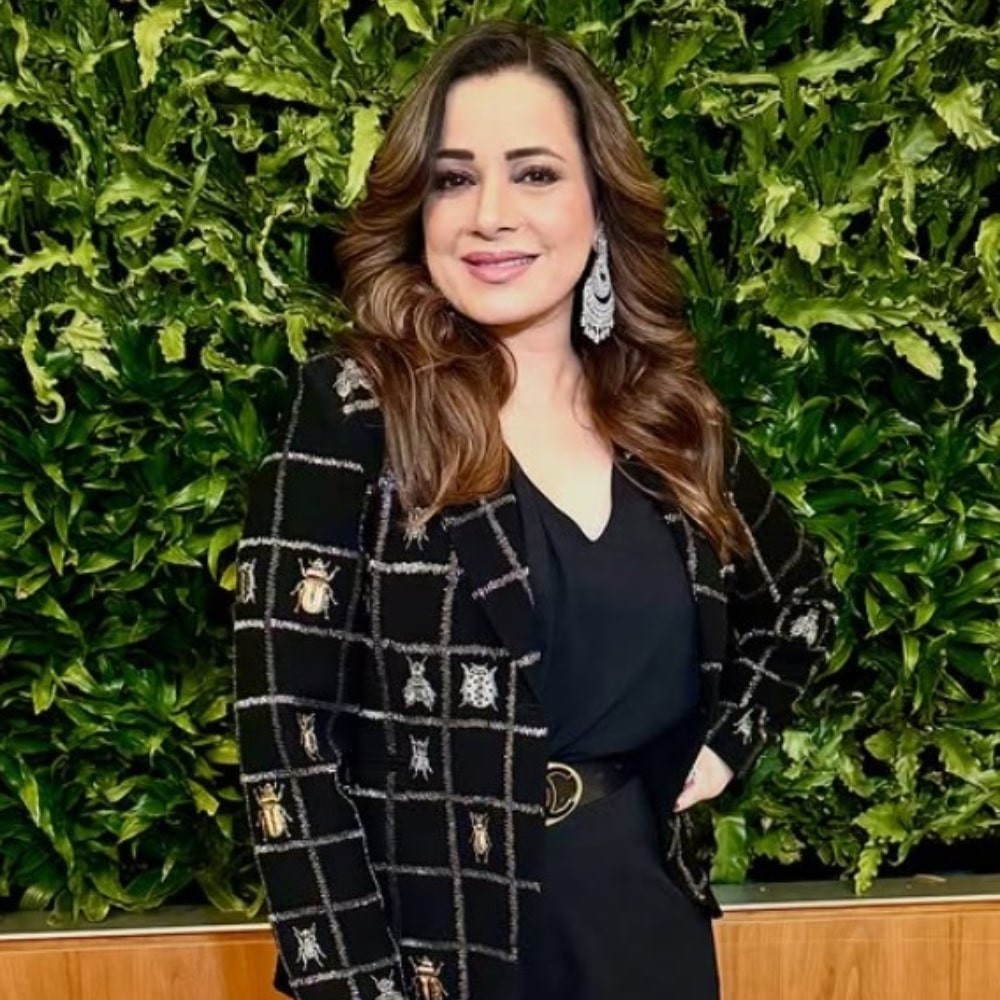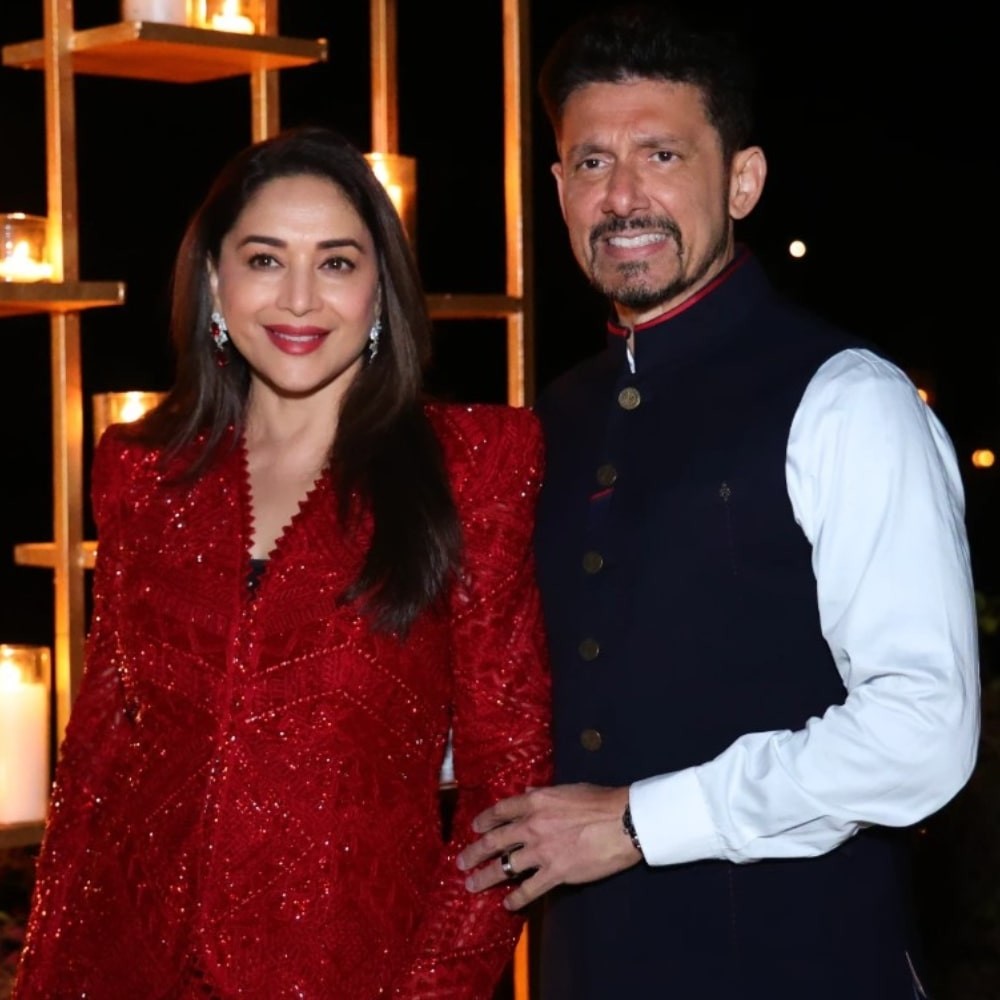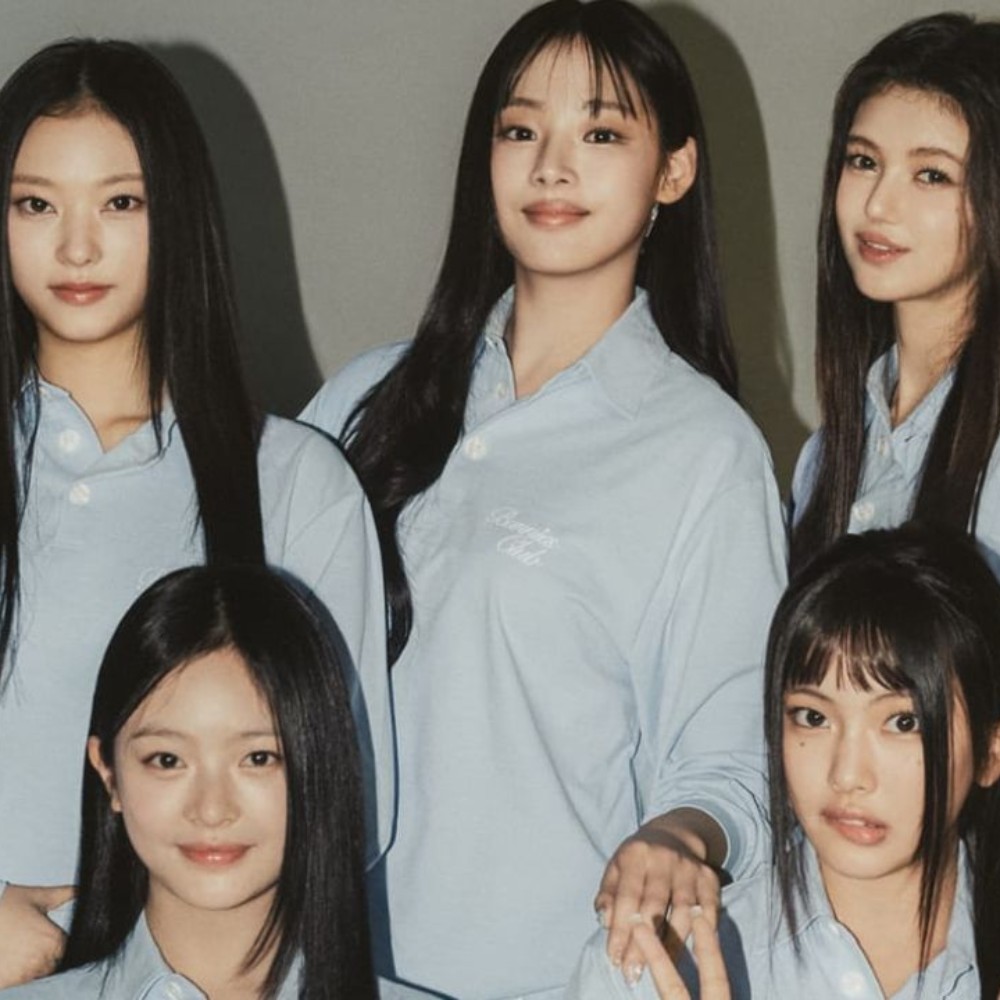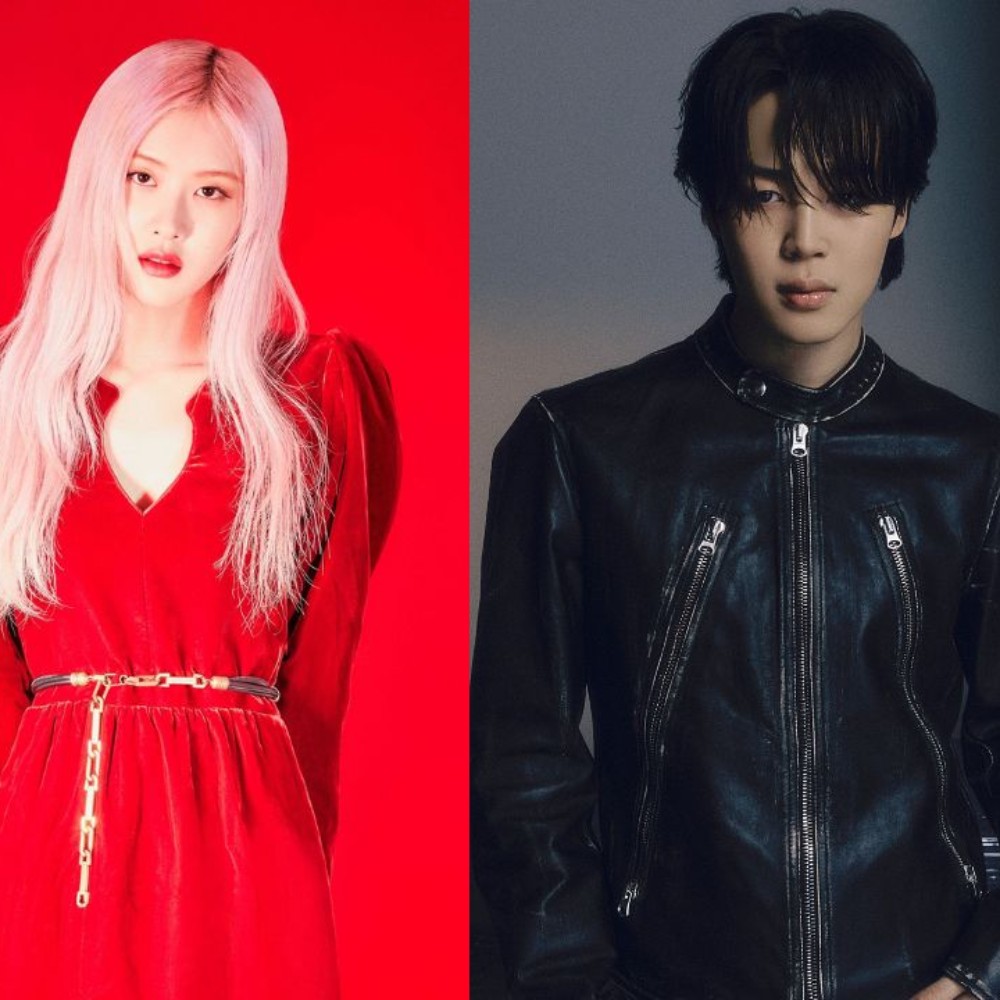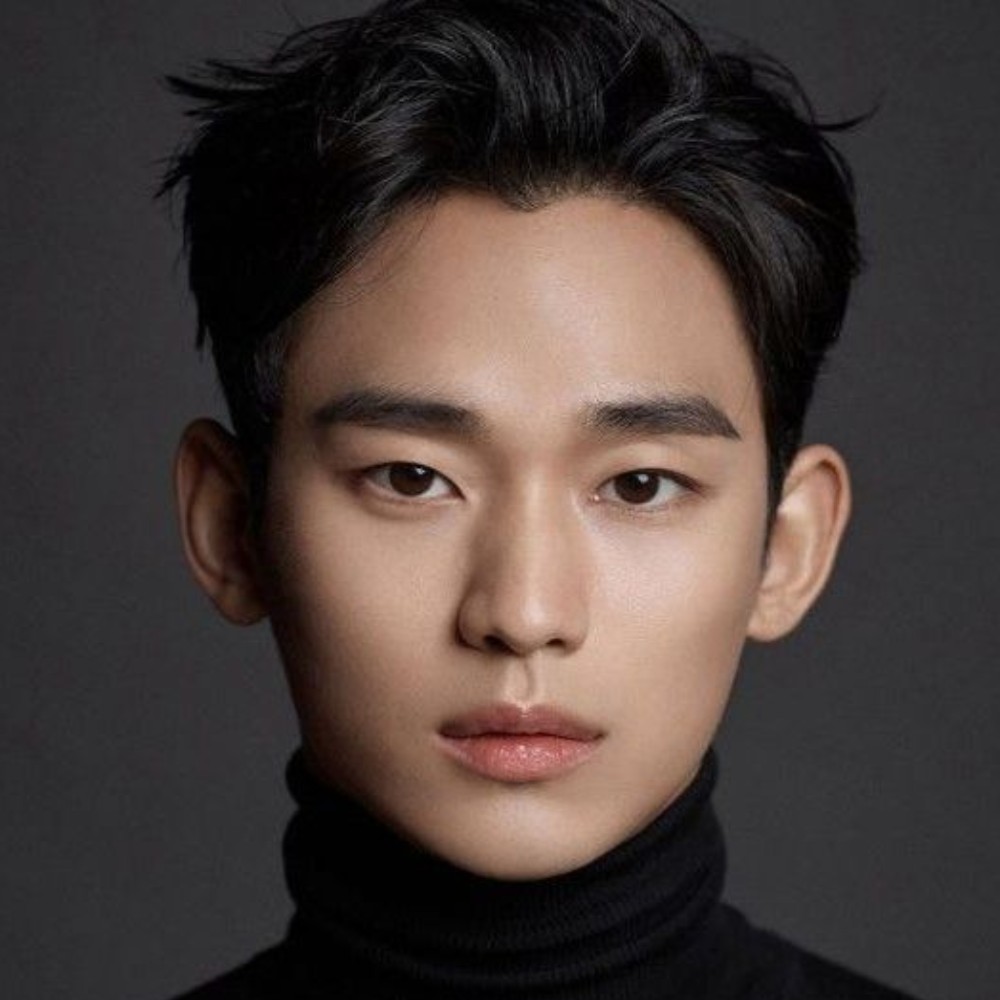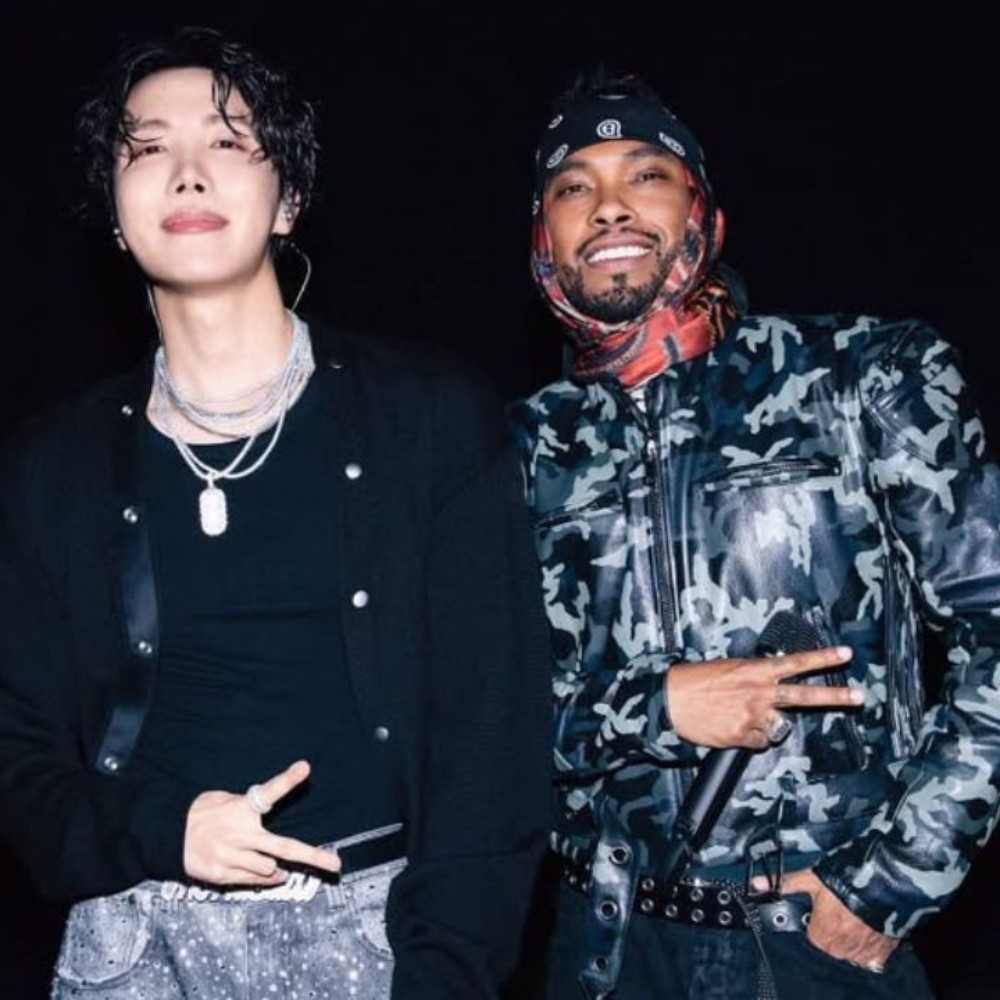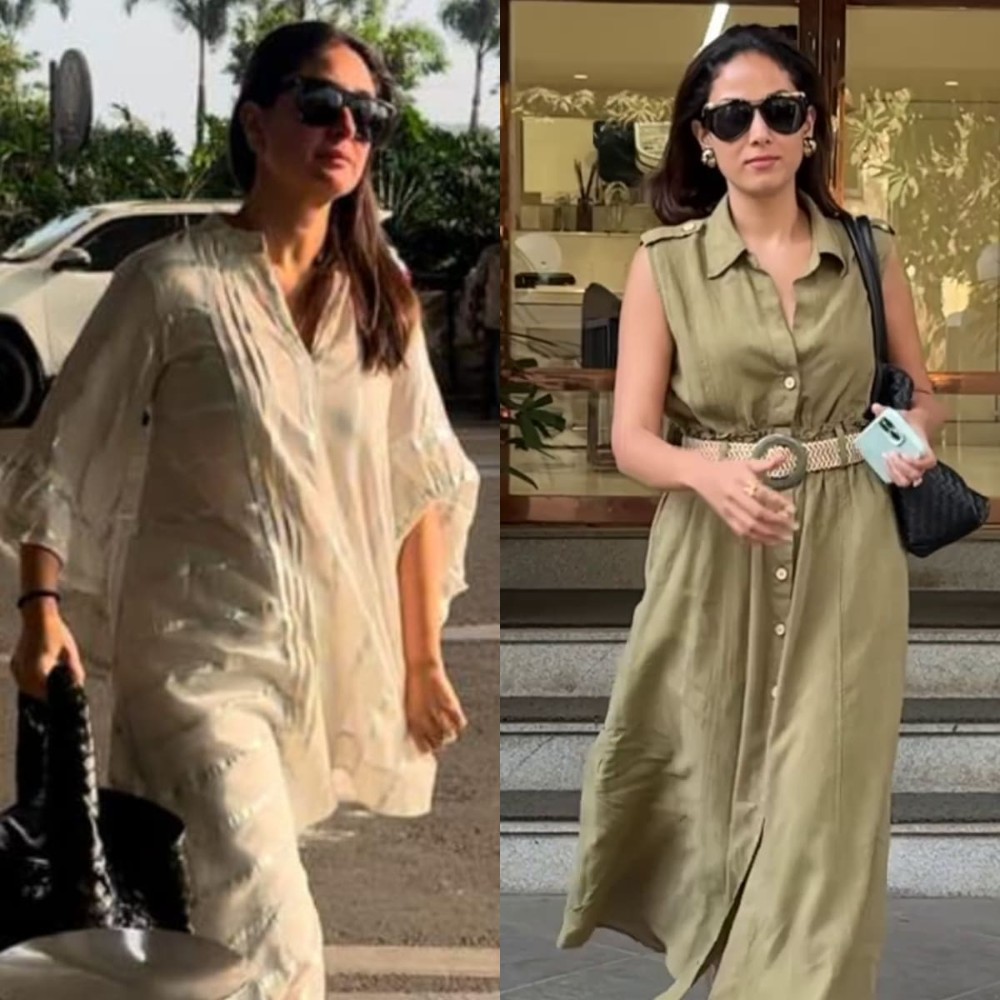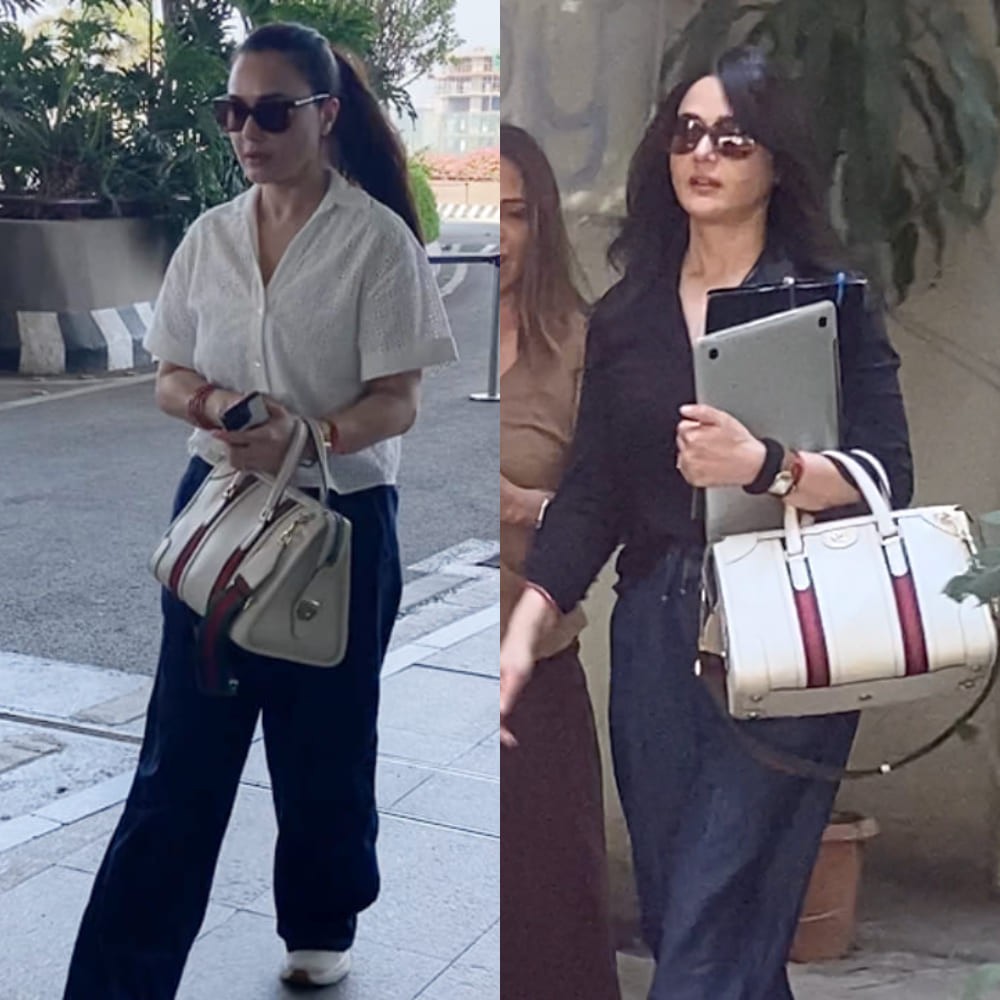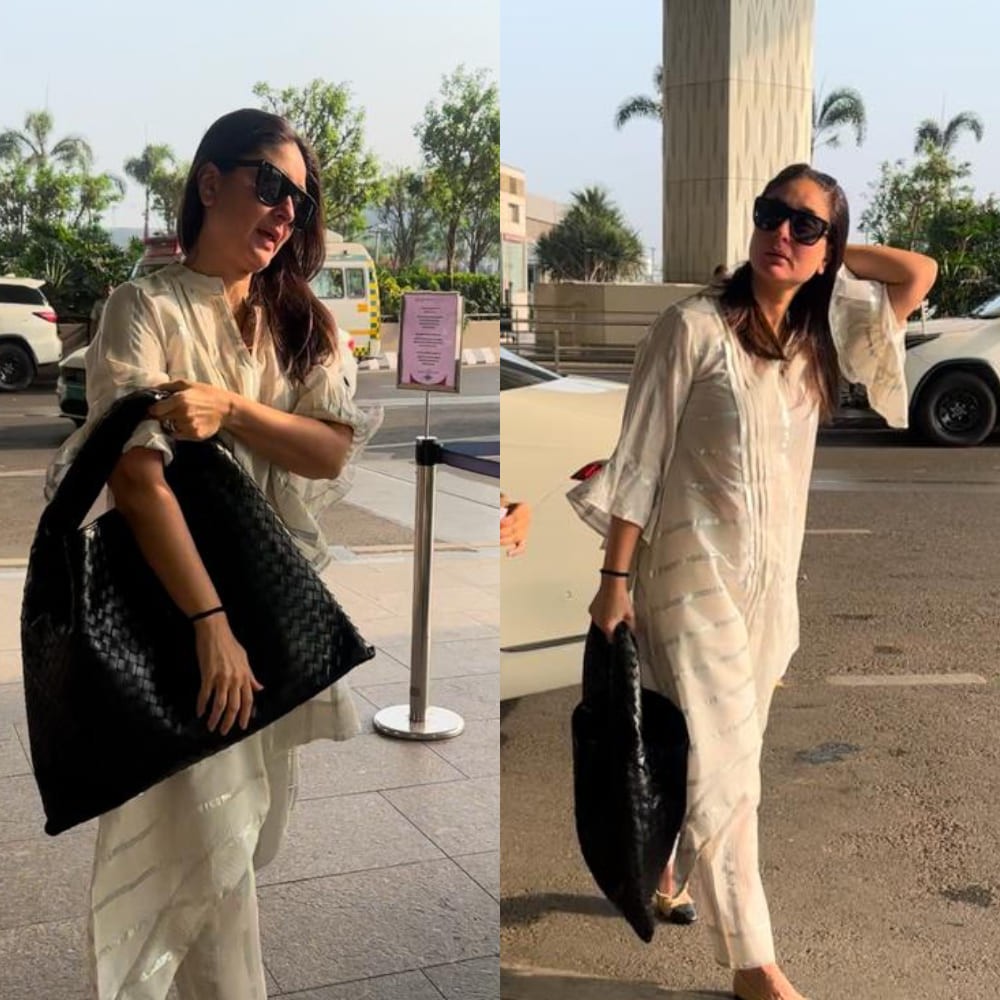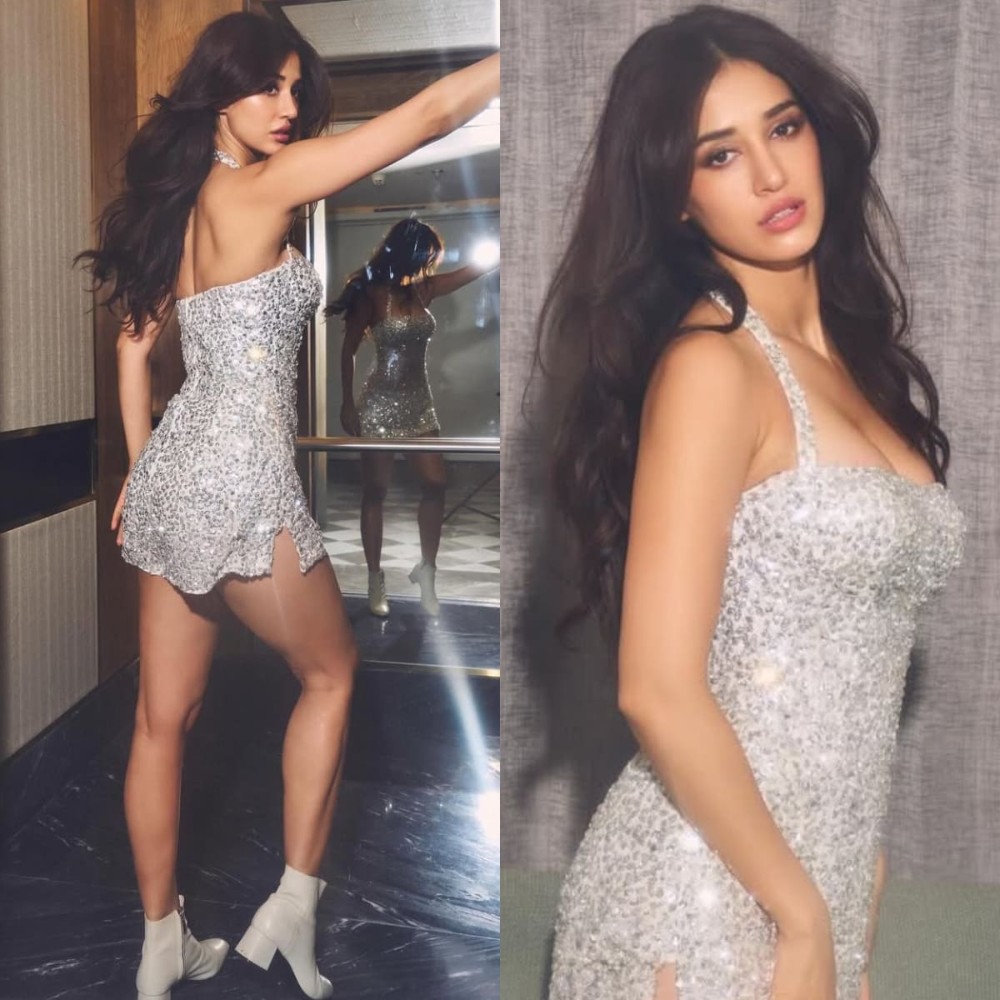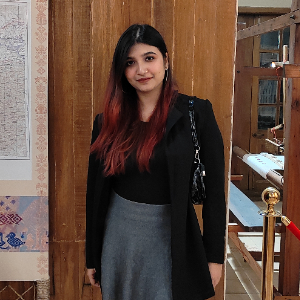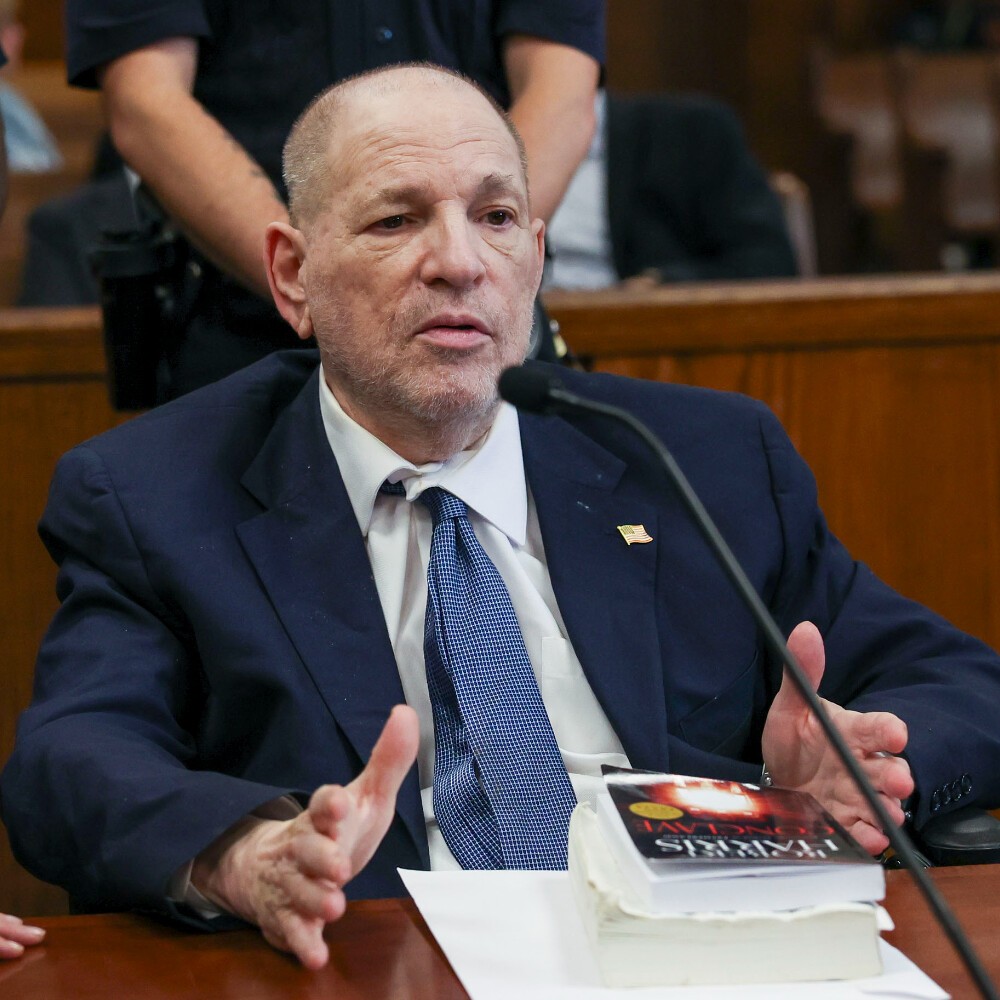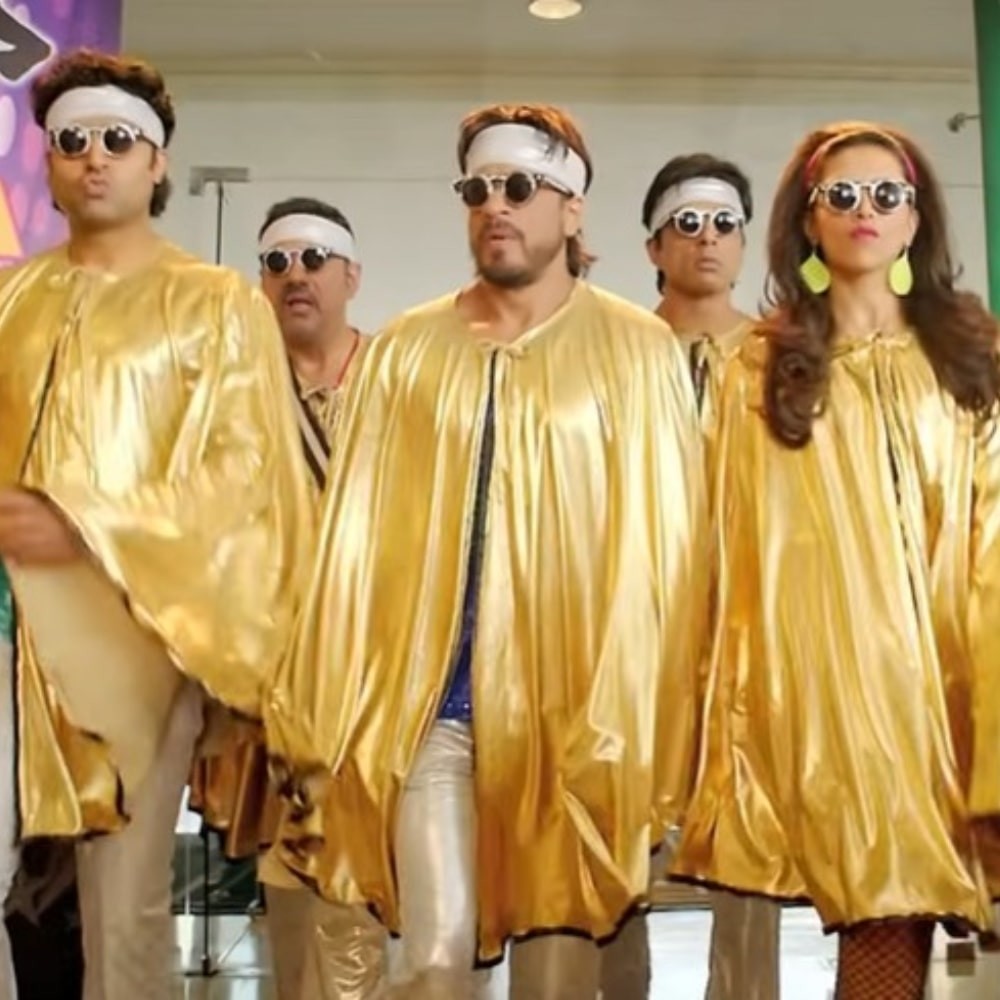K-pop positions explained
K-pop positions are an important aspect in any idol group. Let’s learn more about the different roles taken up by the artists.
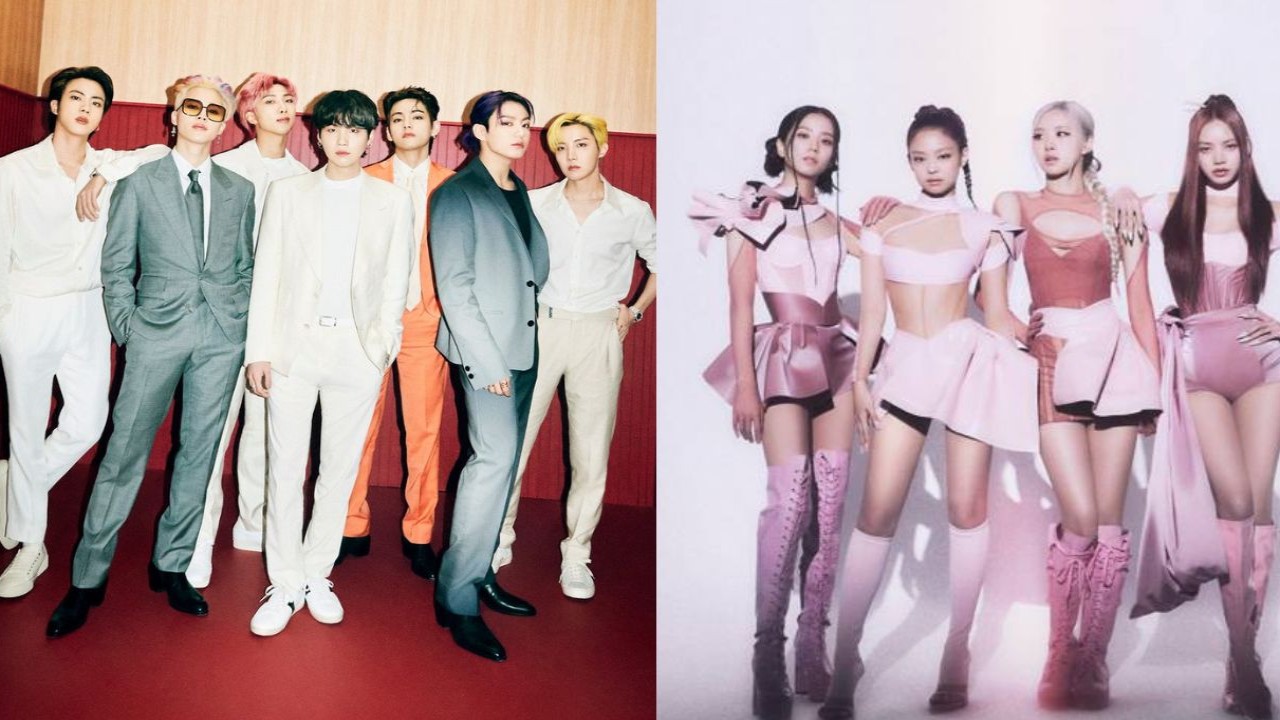
Idol groups are known for their teamwork and individual roles, where each member takes on specific positions to create a well-rounded performance. K-pop positions highlight the strengths and abilities of each member, ensuring the group stands out both vocally and visually. From leaders who guide the group to maknaes who bring youthful energy, each position plays an important part. Let’s break down the various various roles of groups and their significance!
K-pop positions that shape every group
1. Leader: The Backbone of the Group
The leader is the cornerstone of a K-pop group, responsible for maintaining harmony and guiding the team both on and off stage. Typically, the oldest or most experienced member takes on this role, though there are exceptions. A leader's duties extend beyond the music—they act as a spokesperson during interviews, resolve conflicts, and provide emotional support. Leaders like RM of BTS and Suho of EXO exemplify the role by balancing responsibility with artistic contribution. Their presence often brings stability to the group, making them vital for smooth collaboration.
2. Vocalists: Main, Lead, and Sub
In any K-pop group, vocalists shine the brightest during performances, contributing through different tiers: main, lead, and sub-vocalists.
Main Vocalist: The powerhouse voice of the group. Main vocalists usually handle the most challenging parts of songs, such as high notes and complex vocal runs. They often stand out during live performances or ballads where their vocal technique is showcased. For example, EXO’s Baekhyun or MAMAMOO’s Solar are renowned for their incredible vocal prowess. Their control over breath, pitch, and range allows them to carry the emotional weight of a song.
Lead Vocalist: The lead vocalist supports the main vocalist, often taking charge of choruses or verses that require a strong but not necessarily show-stopping voice. They add balance to the performance, ensuring the song flows smoothly. BLACKPINK’s Rosé or Red Velvet’s Wendy are examples of lead vocalists who elevate group dynamics while holding their own spotlight.
Sub Vocalist: Sub-vocalists fill in other parts of the song, often handling simpler verses or harmonizing with the main and lead vocalists. Though they don’t typically take the most vocally demanding lines, sub-vocalists like Jisoo from BLACKPINK and Lia from ITZY still contribute to the group’s overall sound and offer support during live performances.
3. Rappers: Main and Lead
Rap is an integral part of K-pop, adding edge and energy to songs. K-pop groups often have two types of rappers: the main rapper and the lead rapper.
Main Rapper: The main rapper has the most complex and fast-paced lines in a song. Their delivery and flow are crucial to setting the tone during rap sections. They often write their own lyrics, adding a personal touch to their verses. Rappers like Soyeon from (G)I-DLE and BTS’s Suga are known for their sharp wordplay, deep lyrics, and exceptional control over their delivery. Main rappers usually get more lines and often feature in rap-heavy tracks.
Lead Rapper: The lead rapper complements the main rapper with slightly simpler parts, but still plays a significant role. They often bridge between vocal and rap sections, creating a smooth transition in songs. For example, EXO’s Chanyeol and SEVENTEEN’s Vernon bring a unique style to their groups, with memorable lines that blend rap and vocals seamlessly.
4. Dancers: Main and Lead
K-pop groups are famed for their elaborate choreography, and dancers play a key role in bringing those performances to life.
Main Dancer: The main dancer is the standout performer in choreography-heavy songs. With exceptional dance skills, they take center stage during dance breaks and lead the group in complex formations. Main dancers like Lisa from BLACKPINK and Taemin from SHINee are often at the front during performances, showcasing sharp movements, fluid transitions, and captivating stage presence. Their dancing is characterized by technique, style, and expression, and they frequently participate in solo dance segments.
Lead Dancer: The lead dancer backs up the main dancer, still showing strong skills and often stepping forward in less intense choreographies. They often complement the main dancer by holding the structure of the performance together, allowing smoother choreography. SEVENTEEN’s Hoshi and ATEEZ’s Yunho are prime examples of lead dancers who stand out with their precision and ability to hold the performance while giving space to the main dancer.
5. Center: The Visual Focal Point
The center is the member placed in the middle during performances, photoshoots, and promotional material. Their role is to attract attention with their looks and stage charisma. This position requires not only physical beauty but also a magnetic presence that draws the audience’s eye. Centers like NCT’s Jaehyun and IVE’s Wonyoung fit the visual profile perfectly, often becoming the face of their group due to their combination of visuals, charisma, and performance skills. The center embodies the group’s identity, giving them extra visibility during public appearances.
6. Maknae: The Youngest of the Group
Every K-pop group has a maknae, or youngest member, who often becomes the “baby” of the group. Though their age sets them apart, maknaes are not necessarily the least experienced. In fact, some of the most talented K-pop idols hold the maknae position. BTS’s Jungkook, known as the “Golden Maknae,” and TWICE’s Tzuyu are examples of maknaes who excel in various areas, from vocals to dance and even variety show appearances. The maknae typically brings youthful energy and charm to the group, often becoming a fan favorite for their cuteness and playfulness.
K-pop position is an intricate and throught out system that ensures that each member’s talents are highlighted. This system allows fans to appreciate not just the collective talent but also the individual strengths of their favorite idols, making K-pop’s multifaceted performances truly unforgettable.





 JOIN OUR WHATSAPP CHANNEL
JOIN OUR WHATSAPP CHANNEL
